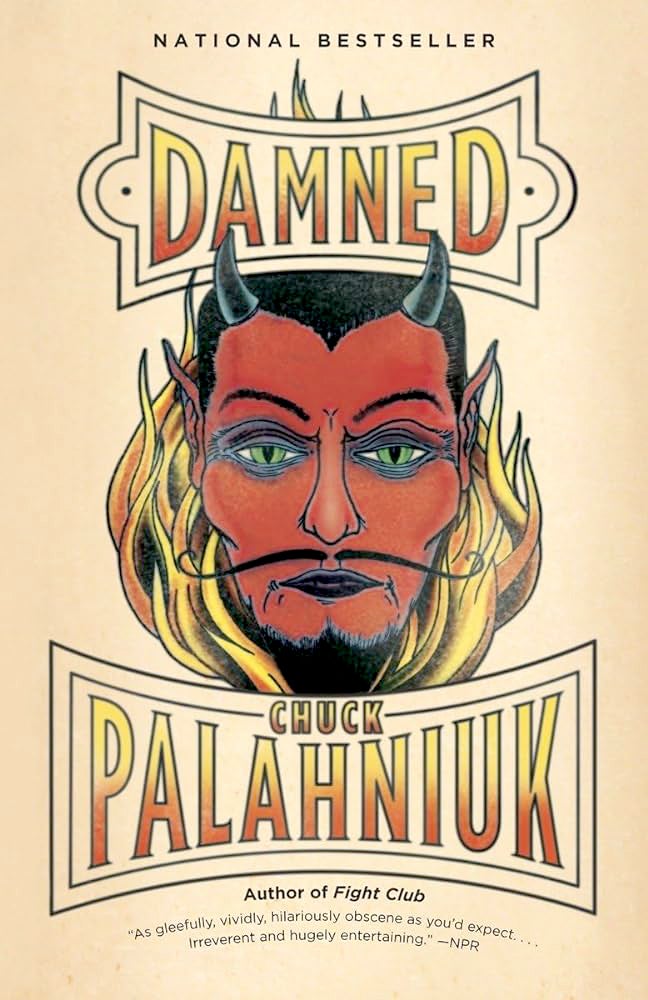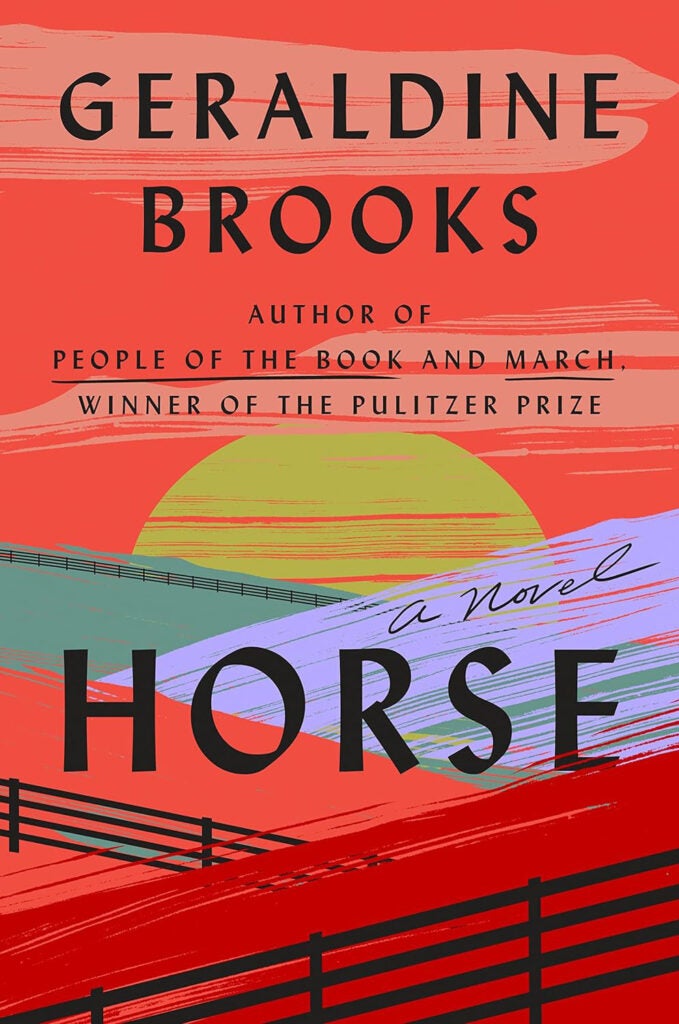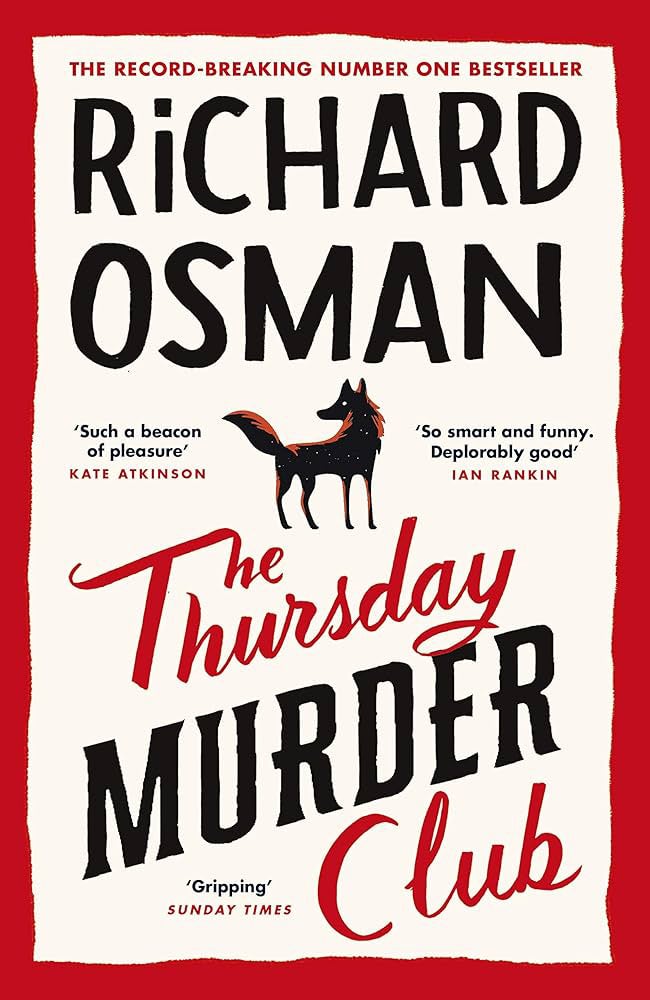
“Broken: The Suspicious Death of Alydar and the End of Horse Racing’s Golden Age,” by Fred M. Kray
If you follow horse racing, which many of us do this time of year, you might have heard of 1978 Triple Crown Champion, Affirmed, and his great rival, Alydar. Their names are often sung together — for, though Affirmed bested Alydar in seven of 10 meetings, two better matched horses are hard to recall, and when these two greats retired to stud, they somehow both ended up in side-by-side paddocks at Calumet Farm.
Many in this part of the world know about Calumet Farm. Driving into Lexington on Versailles Road, just past Keeneland, the white four-plank fence and red-accented barns are an iconic image, as recognizable as Ashland or the Twin Spires. Having produced 10 Kentucky Derby winners between 1941 and 1968, Calumet Farm was a powerhouse of thoroughbred racing in the mid-20th century.
Alydar was born and bred at Calumet, and after his storied race career, retired to his birthplace in 1979. He was very successful at stud, siring two Kentucky Derby winners, and named leading sire in 1990.
If only that was the happy ending to his story.
Alydar was suspiciously found in his stall on November 13, 1990, with a broken leg. The aftermath was chaos, and in the end, Calumet was in shambles. There would be a $41 million payout, two trials and so many unanswered questions.
Though a lawyer by trade, Fred M. Kray had worked a few years in his youth on a racetrack in Nebraska and had “caught the bug.” He fell for Alydar in 1977, during the colt’s two-year-old race campaign after seeing him race in southern Florida. He followed Alydar through his three-year-old season, through the Triple Crown series, and then waved him into retirement.
Kray went on to a long career in trial law, but due to the stress and rigor of the work, burned out. When he returned to work, he found that animal law was his calling. He spent his days getting wrongly accused dogs off death row and helping couples work out the details of puppy custody.
In “Broken,” Kray has chosen to use his expertise in trial and animal law to get to the bottom of this perennial racing mystery.
Gathering all of the evidence from the trials, speaking with some of those onsite in November 1990 and using his legal talent to piece together a clear, but tragic story, Kray gives the reader everything you need to make the call about what happened that night in 1990.
The book starts as a love letter to the golden age of racing — and to Alydar. Kray clearly cannot contain his admiration for one of the sports’ greats. You get to know the people involved in Alydar’s racing career and how much they cared for him. After Alydar’s death, the book turns into a crime thriller. A sharp and fast-paced page-turner where Kray introduces the names of Insurance Men, Bankers, and one corrupt Farm Manager that ruined a dynasty. In these men’s words, through the testimony from two trials, Kray weaves together a narrative that will leave you with few questions about that tragic night.
For me, the real heart of this book is that it’s an obvious passion project. Kray’s legal prowess means that he knows how to do the research, knows how to create a story and understands the motivations that bring people to do what they do. It’s apparent that Kray enjoyed the work of bringing it together and he did a real justice to one of our great athletes that had no voice. As good a read about racing as any Dick Francis.
— Review by Melissa Strasser, Paul Sawyier Public Library staff

“Damned,” by Chuck Palahniuk
Have you ever pondered the mysterious realm of the afterlife, imagining what heaven might be like? For young Madison, however, her journey leads her to a very different destination — Hell. Chuck Palahniuk’s “Damned” delves into the story of 13-year-old Madison, whose accidental overdose on marijuana (or so she believes) becomes her one-way ticket to the fiery depths.
But Hell, as depicted, is anything but predictable — it’s a landscape filled with demons, unending torment and surreal scenes featuring mundane yet grotesque elements like dandruff and fingernail clippings. Amidst the chaos, Madison grapples with distinguishing reality from fiction, finding solace in the company of her own motley crew — a jock, a nerd, an athlete, a popular kid, and, naturally, an outcast. Together, they navigate the bizarre landscapes of Hell, searching for purpose in their newfound existence.
Unexpectedly, Madison discovers a semblance of meaning through an unlikely occupation — as a telemarketer, bridging the gap between the living and the damned.
Palahniuk skillfully blends grotesque imagery with dark humor, resulting in a comedic masterpiece that’s as thought-provoking as it is entertaining — a must-read for anyone seeking a unique literary experience.
— Review by Dalton Bennett

“Horse,” by Geraldine Brooks
Meet Theo, a young man born in Nigeria, working toward his art history doctoral dissertation in present-day Washington, D.C. His elderly neighbor living across the street from him is disposing of her recently deceased husband’s goods. The old stuff, marked “free” includes a curious small painting of a horse. Theo hopes that he can produce an article for Smithsonian magazine about the painting, and the who, what, where, when and why it was created.
Meet Warfield’s Jarret, a young enslaved boy at The Meadows farm outside of Lexington, Kentucky, in 1850. Jarret is more comfortable in the barn with the horses than anywhere else on the farm. His mind is constantly imagining what the horse must be seeing and thinking. He knows the way of the lash, and understands that the horse will be reluctant to perform under harsh circumstances. He slowly cultivates a loving relationship with the horse and gains his trust by allowing the horse to do what he wants — to run.
Meet the horse. The colt, Darley, is a well-bred bay that happens to have four white feet. The stable hands mention that such a horse will not amount to much and should perhaps be put down. But Jarret and his knowing father believe that that the color of one’s skin does not determine their ability.
Meet Jess, the young Australian who works at the Smithsonian and locates a requested horse skeleton in the attic. The skeleton is labeled “Horse.” Catherine, a researcher from England has been studying the skeletons of race horses. She is determined to discover what bone structure allows them to run fast and avoid injury. Catherine tells Jess that this is no ordinary horse but the greatest racing stallion in American turf history.
Both the horse and Jarret are sold to a plantation owner from Louisiana. The new owner renames the horse “Lexington” because of his origin and plans to race the horse.
Brooks weaves together the story of a painting on a junk pile, a skeleton in the attic and the greatest racehorse in history into a brilliant novel. Lexington’s record holds up on the track and in his powerful lineage. He is remembered in the city of his birth with blue directional signs all over town which bear the horse’s image.
This book is about horse racing, but also so much more than that.
— Review by Lizz Taylor, Poor Richard’s Books

“The Thursday Murder Club,” by Richard Osman
In a local retirement village of Cooper’s Chase in the English countryside, a group of four residents meet each Thursday in the Puzzle Room. The room is booked under the heading of “Japanese Opera,” guaranteeing the group their privacy.
When Joyce, our narrator, first enters the room, she notices the table is covered with photographs. They were obtained from an old murder case and the group is reviewing the details for accuracy of the outcome.
However, it isn’t long into the novel before Osman introduces a real murder at Cooper’s Chase, namely the owner. The group of four will take on their backyard murder case, with uncanny ability thanks to the makeup of the “investigators.”
Although the murder, well yes, there are multiple murders, seems run-of-the-mill in British mysteries, these characters are definitely not.
Joyce is responsible for the lemon drizzle cake and apple crumble. Others bring the wine and the tea. All four contribute theories, assess the mathematical probability of each and volunteer for fact-finding assignments.
The group knows that they are not supposed to discuss Elizabeth’s background, but I suspect she was connected to the British Scotland Yard or was an MI6 agent. She has mysterious, secret contacts that reveal helpful information whenever she calls on them.
Ibraham, a retired psychiatrist, helps develop a profile for the potential suspects. Ron, a retired trade union official, has his own way of narrowing the suspects. And Joyce, formerly a nurse, doesn’t miss a clue while providing plenty of comic relief.
As the body count begins to grow, the group is pressured to work with an inexperienced police team. It seems the aged Murder Club is always one step ahead of the police, and trade their information for what the police have gathered. However, there are plenty of red herrings that the police seem to be following without sufficient evidence.
These 70-year-old protagonists are quite capable. There is also a recurring theme of what is legal and what is moral. I cheered that Elizabeth arranges to meet one of the suspects, a former priest, at the Village chapel. She suggests that he enter the confessional and relay his connection to one of the murders.
This novel is very funny, and highly entertaining! The characters are spirited and witty. Warning: Osman has already published two follow-up novels, which will likely be on your “to-be-read” list. And, you might consider this club to be a great way to spend your retirement!
— Review by Lizz Taylor, Poor Richard’s Books










